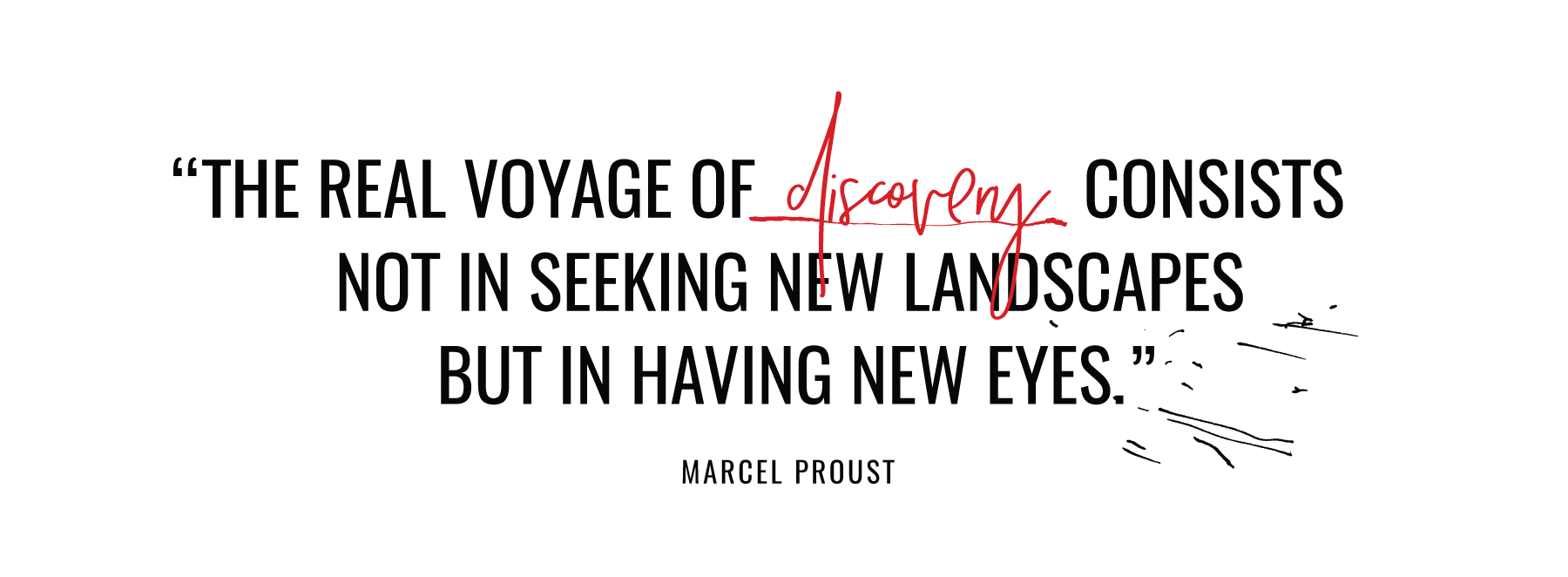
For centuries, crystals, stones, and minerals have been used by different cultures around the world for their sacred symbolism. Among the various materials used by pre-Hispanic civilizations in America, Jade was one of the most prized and valuable stones because of its color and representation of beauty.
Jade is a hard mineral, highly translucent whit green-bluish tones, and can only be found in very few places in the world. Did you know that jade is a term used for two very similar gemstones? Nephrite and Jadeite. Nephrite is not known to be present in Latin America while Jadeite occurs naturally in specific locations in America such as the Motagua River valley in Guatemala and other small areas in Puebla and Chiapas, Mexico.
THE ANCIENT HISTORY OF JADE
The story of jade is amazing, as it is one of the first gemstones ever handled by humans! The first civilization that produced objects and utensils made of jade is the Olmec culture, followed by the Mayas and Aztecs that peaked their skills in Jade collection and manufacturing by creating many luxury pieces of different sizes and shapes.
Objects made from Jade included earrings, beads, necklaces, plates, sculptures, vessels, and mosaic masks. Nowadays, the collection of items is a real testimony of the artistic achievements of pre-Hispanic skillful artisans.
For older societies, Jade had a special significance due to its economic and political importance. Because Jade sources were limited to specific geographic places, jewelry and items made of this stone were available only for elite members and noble classes. Moreover, Jade was highly valued due to its ritual importance. The beauty and green color of Jade were associated with water, vegetation, and growing corn symbolizing life and strength.
After the conquest of America, Europeans gave Jade the name of piedra de ijada which means “colic stone” since people in Central and South America attributed medicinal properties to it. This demonstrates that Jade has been used for ornamental and medicinal purposes for centuries. However, after the stock of jade stone was exhausted following the conquest, the stone was no longer of interest to Europeans. Thus, jade sources remained unworked and mainly unknown for many years.
CONSCIOUSLY SOURCED AND EXCEPTIONALLY CRAFTED
Today, artisans from Central America celebrate heritage by manufacturing beautiful, unique, and highly valued objects made of Jade.
We’ve talked with Laura Spillari, founder of Xibalba Studio, to understand the journey of collecting and shaping stones as a way to honor Guatemalan culture and tradition. Xibalba Studio is a place where ancestral techniques are honored by manufacturing hand-made Jade statement pieces and jewelry. Xibalba also translates to name of the underworld (or K’iche’: Mitnal) in Maya mythology, ruled by the Maya death gods and their helpers.
Laura’s work is closely related to her concept of beauty. She says appreciating the beautiful colors of rough materials is one of her favorite things to do, as it only takes little imagination to transform them into an exquisite and unique piece. So, the creation process of her jade pieces brings her immense joy, which is her concept of being and feeling beautiful.



POWERFUL JADE
Different crystals and stones are believed to have powerful energies and provide benefits for physical and emotional healing. Jade is popular for being a wellness stone and it’s commonly known as the stone of luck and happiness. Jade carries very light and nourishing energy that can feel very healing and its power is associated with good health, wealth, longevity, and love.
The scientific evidence that crystals and stones have healing powers is very limited. However, I believe we have the power to take the necessary actions to change and heal different aspects of our lives. And I believe that amulets and rituals with crystals and stones are a strong way to enhance the power of intention. Thus, maybe placing, wearing, or meditating with a jade stone is a good way to set the intention for a happy and beautiful life.



Photos: Will DaCosta & Pam Aguilar
Video: Will DaCosta
Thank You Makia Cosmetic Founders for being our beautiful models for the day and Xibalba for sharing with us their workshops and movement in Antigua.








No Comments